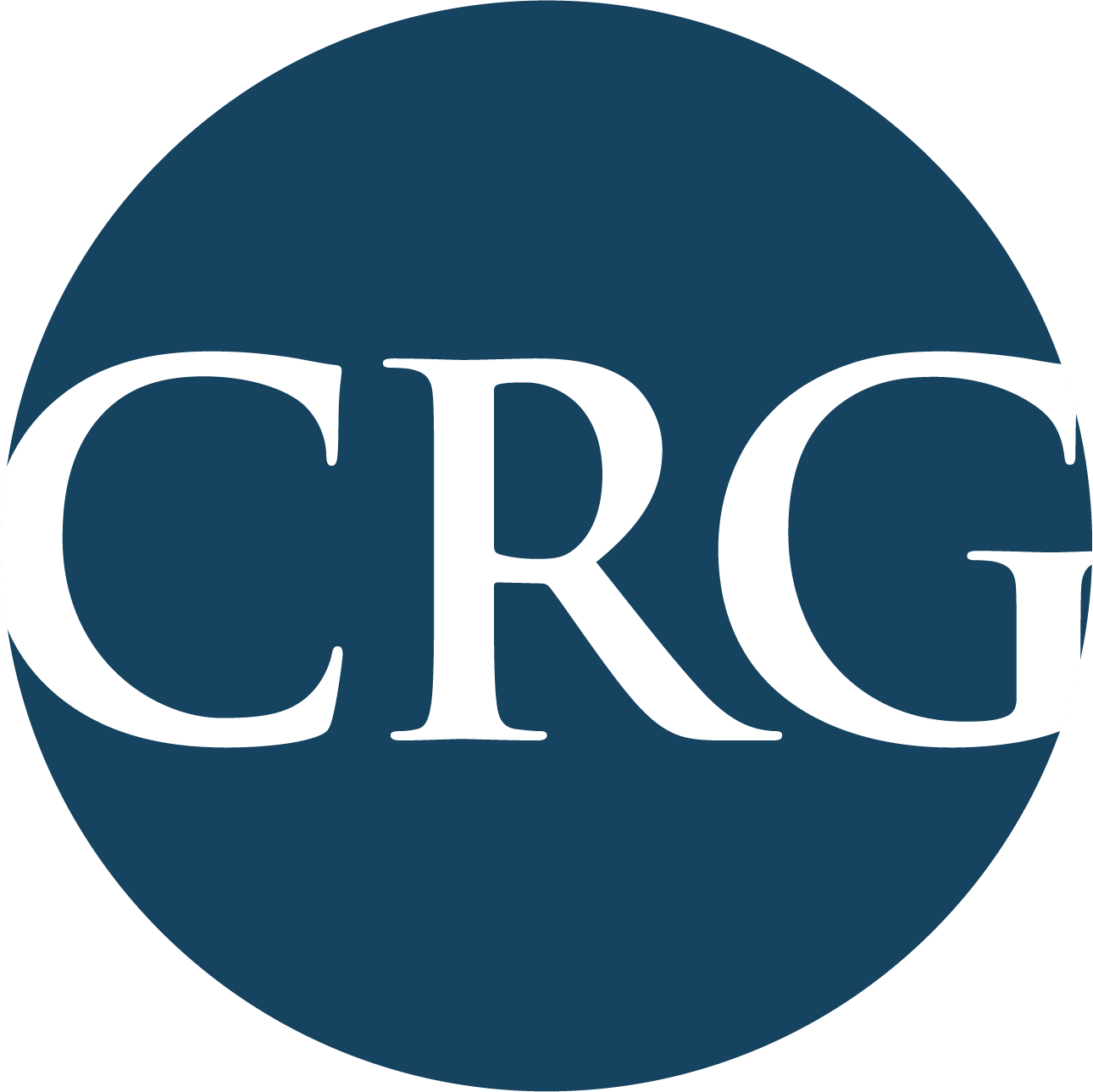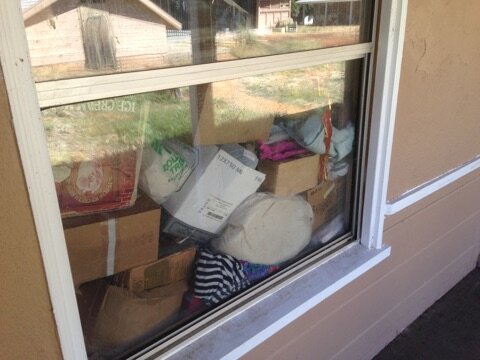Receivership Property Survives California’s Deadliest Wildfire
This photo, taken by CalFire following the November 2018 Camp Fire—the most destructive wildfire in California’s history—shows a property which was completely rehabilitated as a result of a health and safety receivership.
This is a photo of a neighboring property following the same fire.
In 2014, prior to receivership, there were 203 separate violations of state and municipal health and safety codes onsite. The deterioration of the property was best evidenced by the murky water in its swimming pool.
Despite the hazardous conditions, the former motel still housed residents at the time of our appointment. While the municipality was proactive in attempting to gain compliance from the elderly owner and her son, nine years of code enforcement actions were fruitless. In fact conditions at the motel were so bad that they actually sparked a fire on a neighboring property in 2013. That property was a store housing a local family business that had been operating at that location for over 35 years. This case is evidence of the significant danger that violations of municipal and state health and safety codes pose to the surrounding community.
It became increasingly clear that the owner was unable to handle the extensive work needed to fix the dangerous code violations. That's when the municipality petitioned the Superior Court to appoint California Receivership Group as the Receiver.
A window into the interior of the property before receivership, showing the surplus of flammable materials inside. Previously, the property was surrounded by unkempt, dry, and dead vegetation, providing no defensible space in the event of a fire.
Ending a 9-Year Saga of Neglect
The first step to rehabilitating this property was to provide relocation assistance to those living onsite. Although the property was a motel, there were individuals who had arranged long-term stays and did not have alternative housing options. Our office provided them with the funds to move to safer housing and helped to coordinate their moves. We then cleaned out and secured the property. We came to find that there was not enough equity in the property for us to renovate it. It seemed that the most efficient solution to ensure that the unsafe conditions would be abated in the near future, and assure that the property would be well maintained in the years to come, was to find a dedicated buyer with the financial wherewithal and personal dedication to complete the remediation work. We arranged a sale of the property to a local buyer, who bought the motel with the intention of restoring the structure and converting it to housing. The new owner has done a superb job in maintaining it and converting it into an apartment building.
Notably, the dead grass and shrubbery surrounding the property were removed, providing greater defensible space. As the California Department of Forestry and Fire Protection has reported:
“The clearance of flammable vegetation around buildings has proven to be one of the most effective factors in surviving wildfire. It provides for defensible space, increased safety and working room for firefighters, reduced chance of direct flame contact, and reduced intensity of radiated heat from the approaching wildfire.”
It isn't just a coincidence that the receivership property survived the fire.
The above map and corresponding legend were provided by CalFire to track property damage following the deadliest wildfire in our state. As shown above, the receivership property, illustrated by the green house icon, sustained minimal damage while neighboring properties were completely destroyed. It could be that the property was just very fortunate. Yet, with the proximity of the property to the fire, we believe it would have burned in its pre-receivership state, with potentially fatal consequences for the former owner and her son.






















